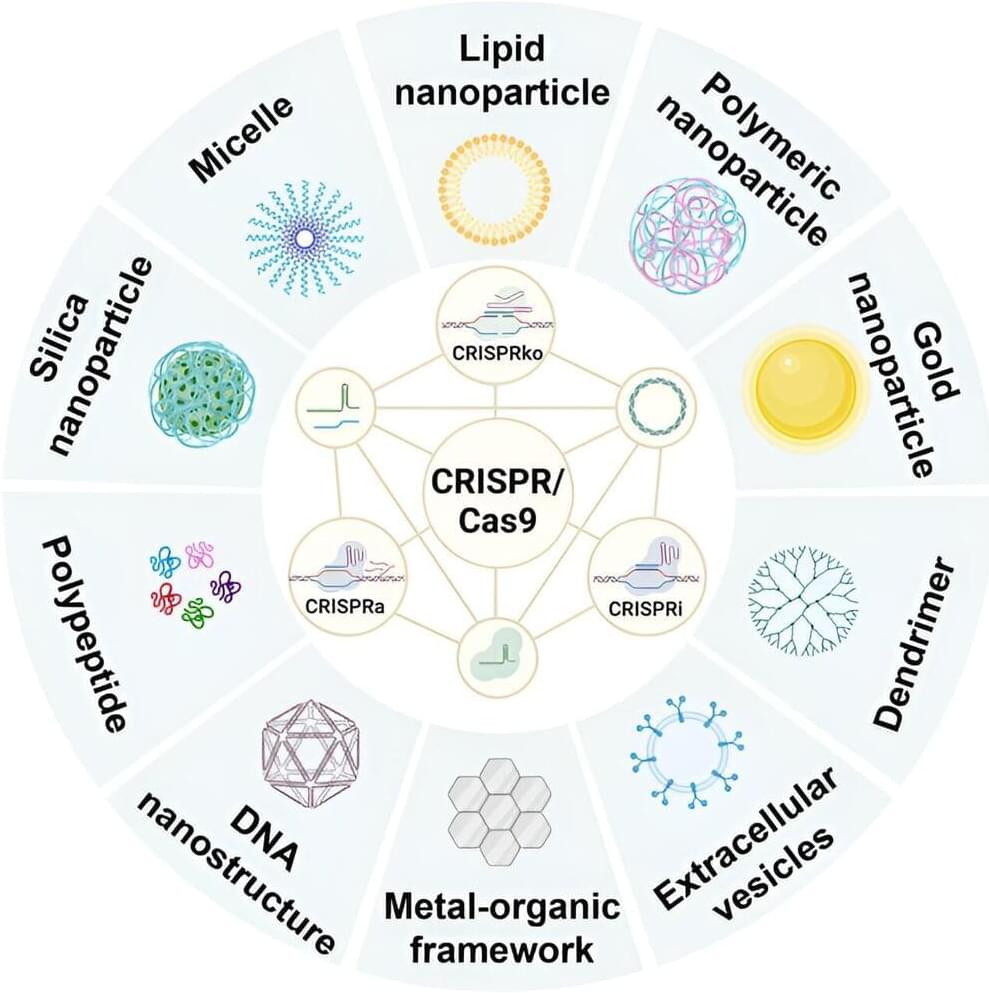In the presence of protospacer adjacent motif (PAM), sgRNA accurately leads the Cas9 endonuclease to the target regions, where it causes DNA double strand breaks (DSBs), resulting in site‐specific genomic change. Endogenous DNA repair can take place following the creation of a DSB via two primary genome editing pathways: nonhomologous end joining (NHEJ) or homology‐directed repair (HDR).
By using the biological characteristics of Cas9 targeting specific DNA sequences under the guidance of sgRNA, scientists have further developed gene targeting activation and gene targeting inhibition tools based on dCas9, called CRISPRa and CRISPRi respectively.
In the paper, characteristics of three forms of CRISPR/Cas9 cargos are outlined. Three delivery forms of the CRISPR/Cas9 system are plasmids, mRNA/sgRNA, and ribonucleoprotein (RNP) complexes, each of which has its own advantages and disadvantages.
